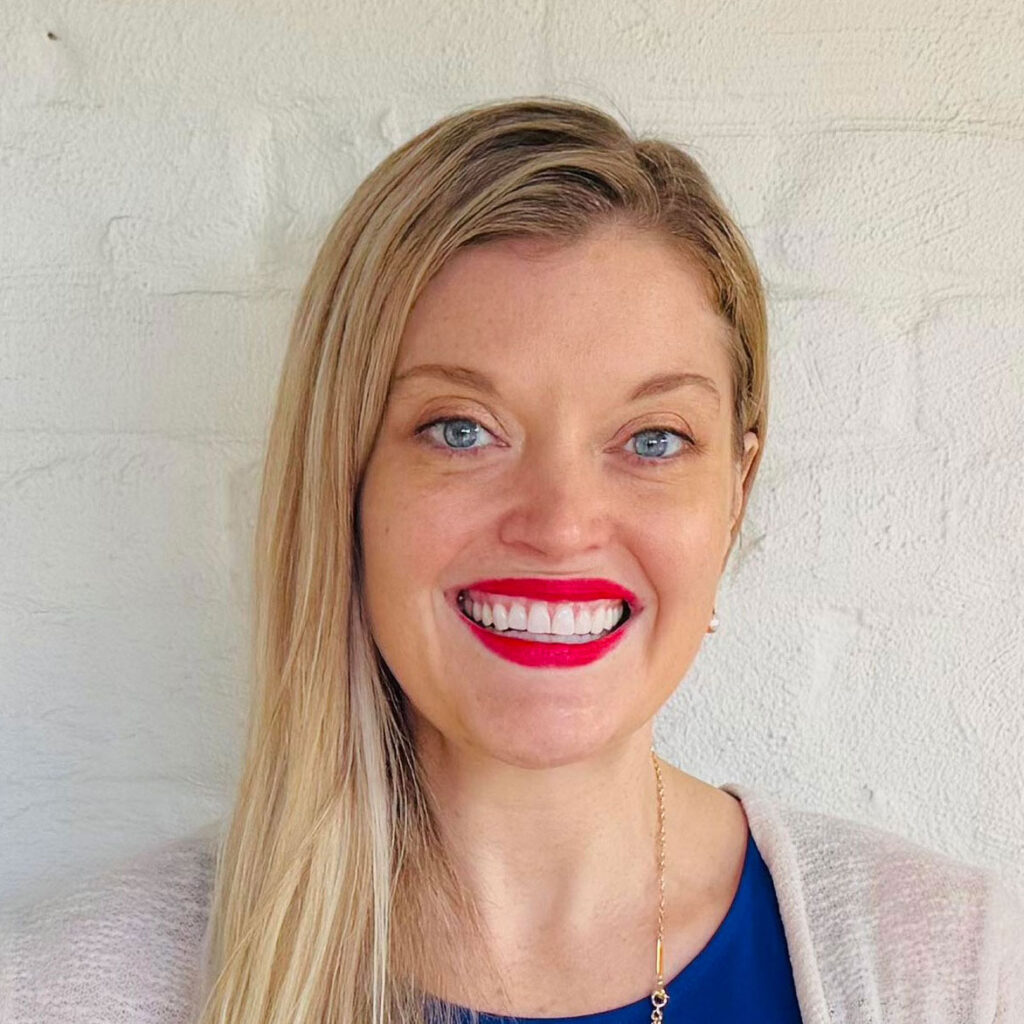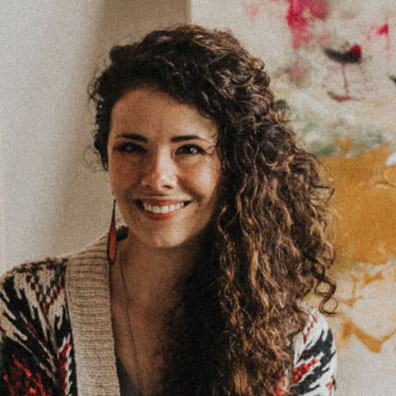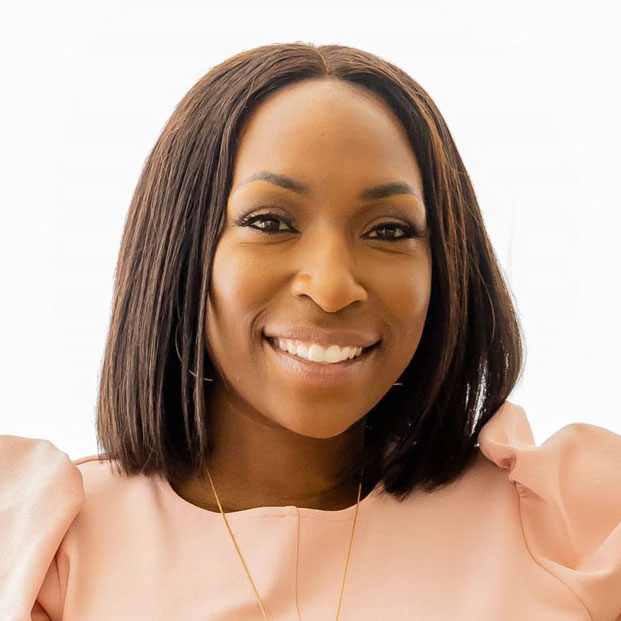Fearless Focus preview: Women business owners share their journeys

Event details:
Thursday, April 17 | Noon to 1 p.m. | Virtual | Register for free
The 2024 Wells Fargo Impact of Women-Owned Businesses Report showed that women-owned businesses employ almost 12.2 million people and that the number of women-owned businesses between 2019 and 2023 increased at nearly double the rate of those owned by men.
But several obstacles still disproportionately affect women business owners, including lack of access to capital, child care challenges and mentoring opportunities.
In our first Fearless Focus virtual event of 2025, we’ll talk with four female business owners about their journeys starting their businesses and the struggles they’ve experienced along the way.
Registration is free. We hope you join us and encourage others to do the same. These Fearless Focus events allow us to highlight amazing women working across the state of Iowa and fulfill our main goal: to empower Iowa women to succeed in work and life.
Meet our speakers
Ahead of the event, we asked each speaker to tell us about one challenge they’ve faced as a business owner that they think should be addressed. Here’s what they said:

Alyx Coble-Frakes, CEO, The Agenda Period
One challenge I’ve faced as a business owner is securing funding for a product that serves a historically overlooked market — women’s hormonal health. Despite the overwhelming need and demand, many investors hesitate to back solutions in this space because they don’t fully understand the problem or see it as a niche rather than a fundamental health issue.
To bridge this gap, I’ve had to refine my storytelling, back every insight with data and educate potential partners on the business opportunity within women’s health. Access to capital shouldn’t depend on familiarity — solutions that serve half the population deserve investment. This is a challenge many founders in underserved markets face, and it’s one that needs to be addressed.

Alicia Jaime, co-owner and president, International Veterinary Supplies
My biggest challenge was related to competing with big corporations that can offer different types of things that a small business cannot. From hiring and giving good benefits to new employees to having a good presence in the market, or getting good spots at trade shows that are not going to be close to the bathrooms or the end of the hall where nobody is walking. It was very frustrating until you understood that you can offer something that big corporations cannot: special and personalized customer service, and a good and personalized environment at the office where people can feel themselves as “people” instead of a number. These are advantages that small businesses have, and many times we forget there are other ways to compete in the market.

Gabriella Torres, Clinton-based artist and consultant
A challenge I’ve faced as a business owner, particularly as a solopreneur, is navigating how to build capacity as a one-woman show. It can feel like an uncrossable chasm, where you’ve reached a noticeable level of growth yet need to invest in the business to continue growing, but may not yet have the capital to invest in that leap; not to mention the time to acquire needed capital to hire someone and then train the person to get them up to speed on a train that’s moving a million miles an hour. How do we make this transition attainable and more easily navigated? How do we achieve sustainability and growth without burning out?

LaDrina Wilson, founder and CEO, Iman Consulting
The challenges I have faced as a business owner are often psychological. I’ve struggled with calculating when to outsource. The feeling that you have to work hard and have your hands in all aspects of the business is challenging to let go of as you continue to grow. I struggled to balance the need to work on the business versus in the business.
I’ve struggled with when to hire new employees and how to maintain a culture of connection, trust and family in a hybrid business environment.
Recently, I’ve struggled with the impact of executive orders and how they change the landscape of how some organizations prioritize professional development due to planned or proposed budget cuts.


